Walking Into Clarksdale by Page & Plant
Buy Walking Into Clarksdale Nearly two decades after they recorded the final Led Zeppelin studio album with 1979’s In Through the Out Door, guitarist Jimmy Page and vocalist Robert Plant collaborated on an […]
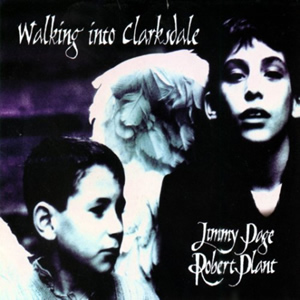
Buy Walking Into Clarksdale Nearly two decades after they recorded the final Led Zeppelin studio album with 1979’s In Through the Out Door, guitarist Jimmy Page and vocalist Robert Plant collaborated on an […]
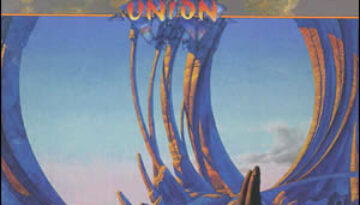
Buy Union The 1991 album, Union, is unique not only among the vast collection of Yes albums, but is a unique release among all mainstream rock albums. At the time they were recorded, […]
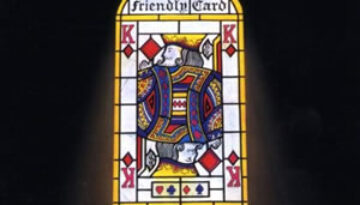
Buy Turn of a Friendly Card Alan Parsons Project produced one of their more accessible albums with, Turn of a Friendly Card, a quasi-concept record which concludes with a sixteen-minute-plus title suite. The […]
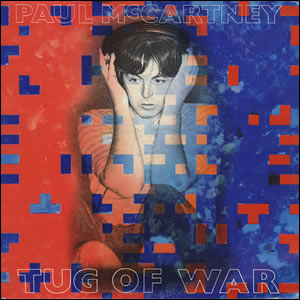
Buy Tug of War The naive belief that one could end war by political correctness at a time when no major wars were occurring in the Western world may be the best way […]

Buy Truth There probably has never a debut album like Jeff Beck‘s 1968 solo debut, Truth. This album, of unique interpretations of diverse covers, introduced the talents of future superstar Rod Stewart on […]
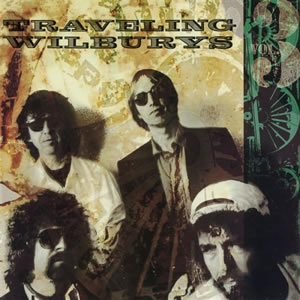
Buy Traveling Wilburys Vol. 3 As heralded and popular as the Traveling Wilburys 1988 debut album was, the 1990 follow up Traveling Wilburys Vol. 3 was relatively ignored. In part, this was the […]

Buy Traveling Wilburys Vol. 1 “Super Groups” were commonplace during the seventies and eighties, often causing much hype which was rarely surpassed by the music itself. But in the case of the Traveling […]
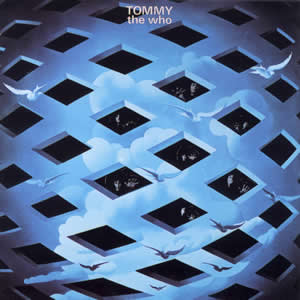
Buy Tommy If any humble reader seeks to be enlightened to the ways of spiritual rock and roll I’d suggest they start with Tommy. The fourth studio album by The Who is a […]
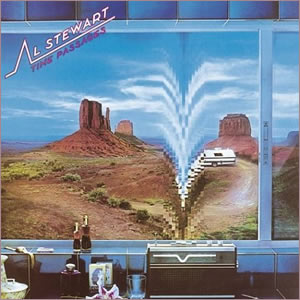
Buy Time Passages Time Passages was the third of Al Stewart‘s popular late seventies albums, following Modern Times in 1975 and Year of the Cat in 1976. While all three of these albums […]
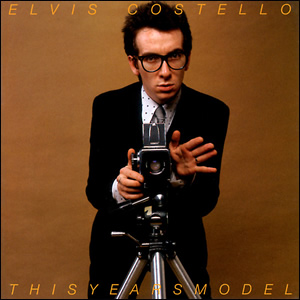
Buy This Year’s Model 1978 was a breakthrough year for Elvis Costello. His second album, This Year’s Model, was released in the Spring featuring his backing band, The Attractions, for the first time. […]